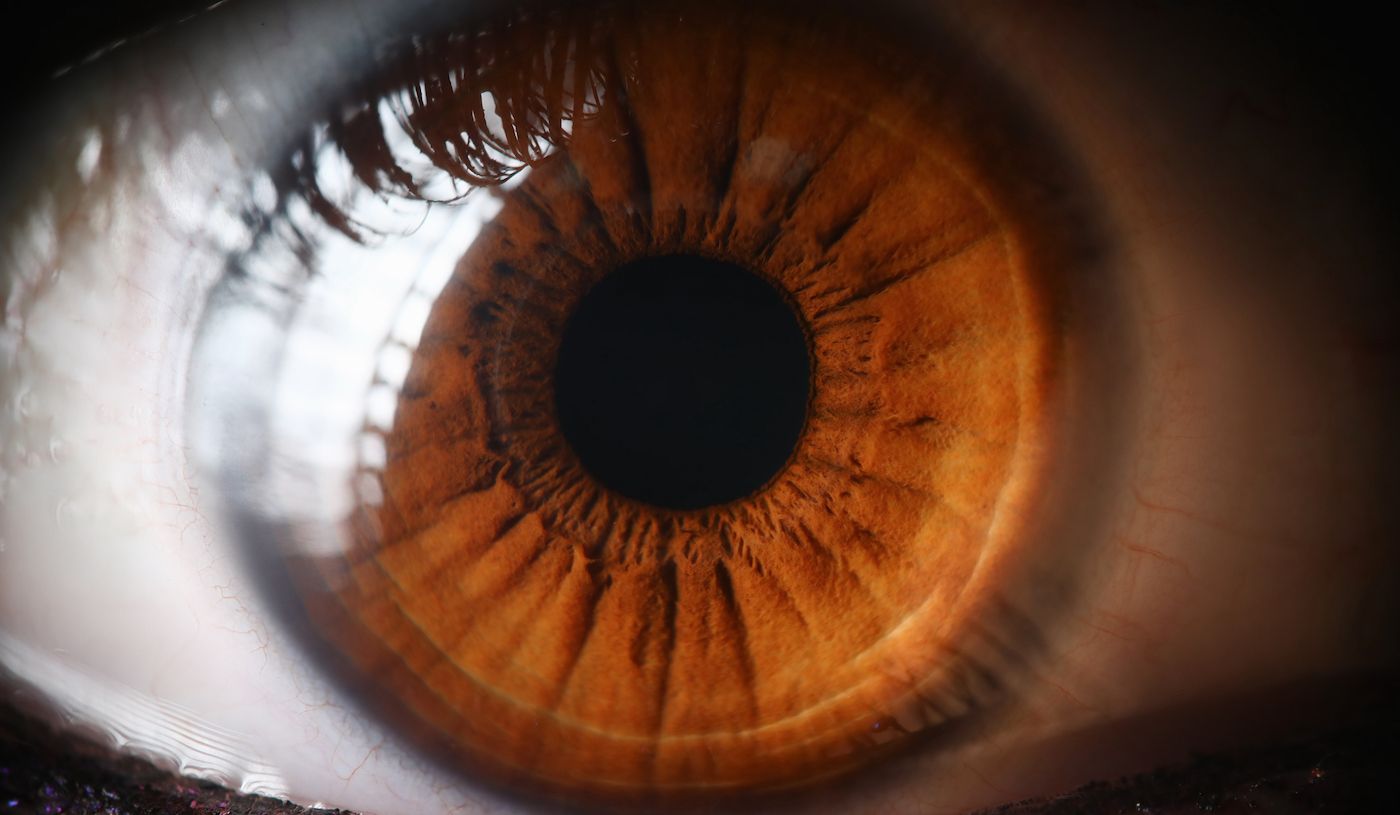conjunctivitis, more commonly known as pink eye, refers to an inflammation or infection of the conjunctiva, the thin, clear tissue covering the inner eyelid and the white part of the eye. if this tissue becomes irritated,
according to the canadian association of optometrists, blood vessels in the eye begin to dilate and produce the red or pinkish hue that gives the condition its colourful name.
pink eye is usually caused by a viral or bacterial infection that can affect people of all ages, even babies (although, in babies these symptoms can also arise from a blocked tear duct). common allergens, such as pollen or dust, can also cause the condition to occur in both eyes at the same time in certain, susceptible individuals.
pink eye is highly contagious but rarely serious and extremely unlikely to cause damage to a person’s vision unless symptoms are severe and treatment is ignored.
symptoms of pink eye
if you experience any symptoms that cause pain or vision issues in either eye, you should seek medical assistance immediately.
if you wear contacts and aren’t sure if you have pink eye, it’s a good idea to refrain for using them for a day or two. if symptoms persist, you should make an appointment with an eye doctor. symptoms of conjunctivitis can include:
 3 minute read
3 minute read







